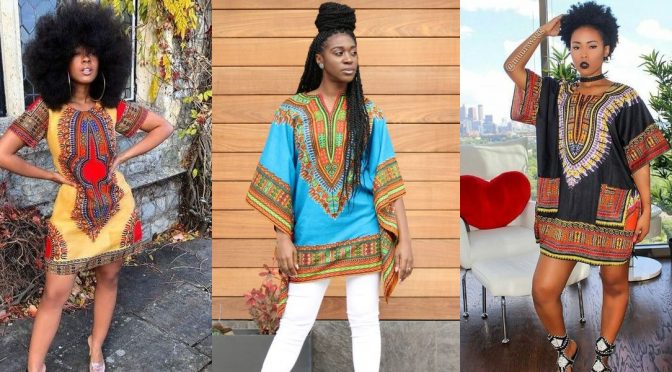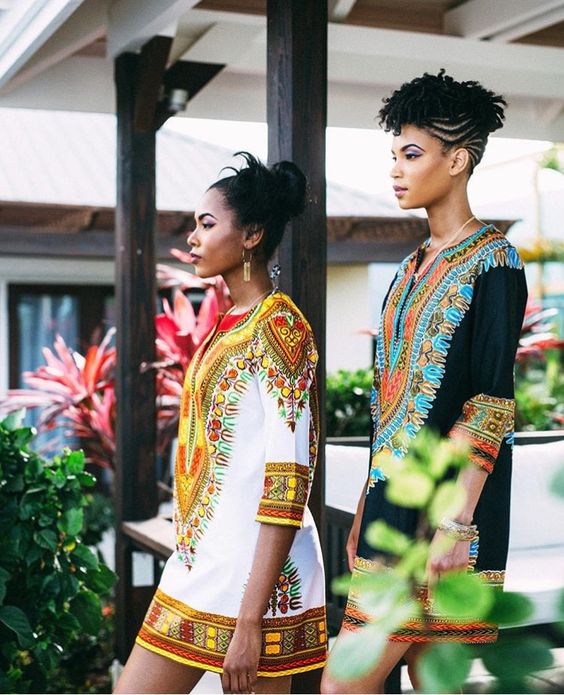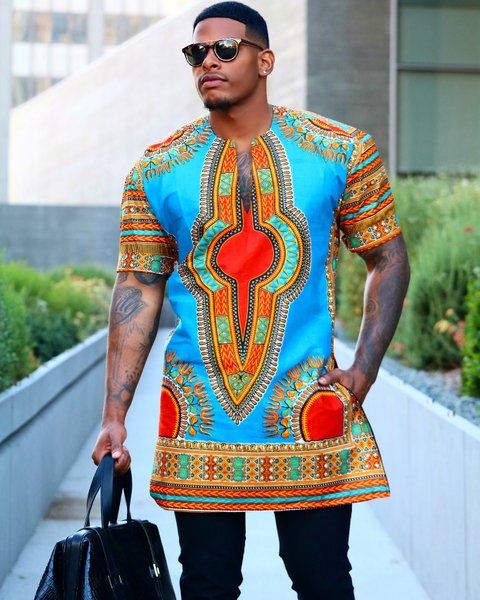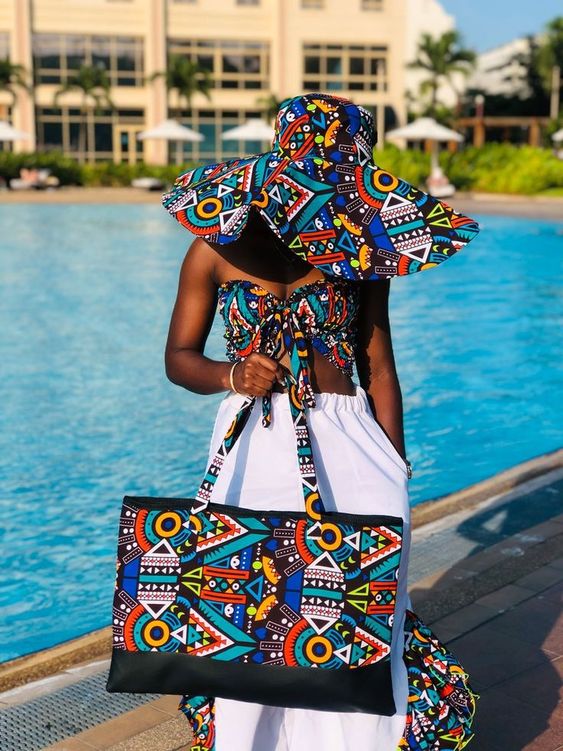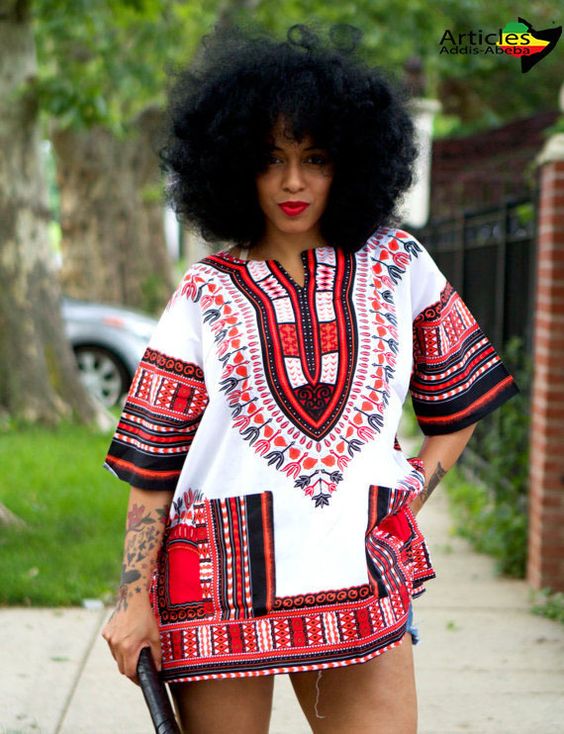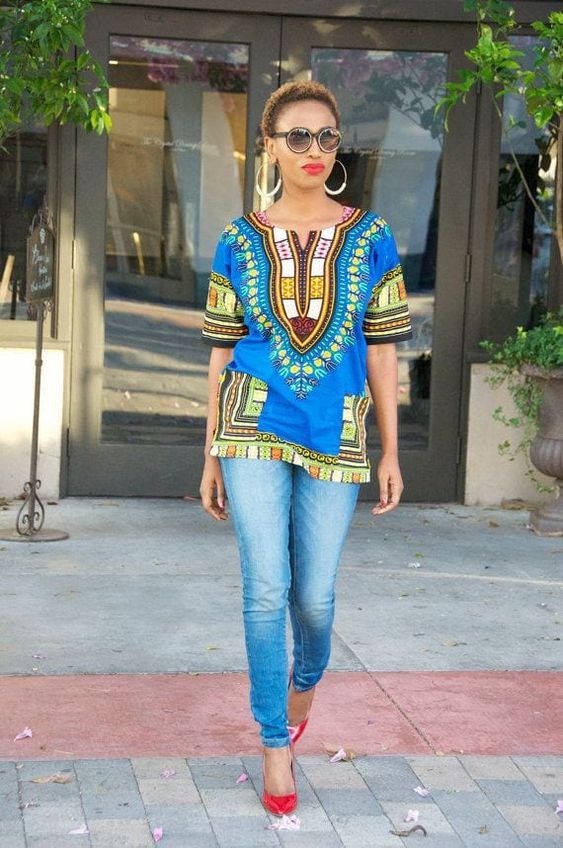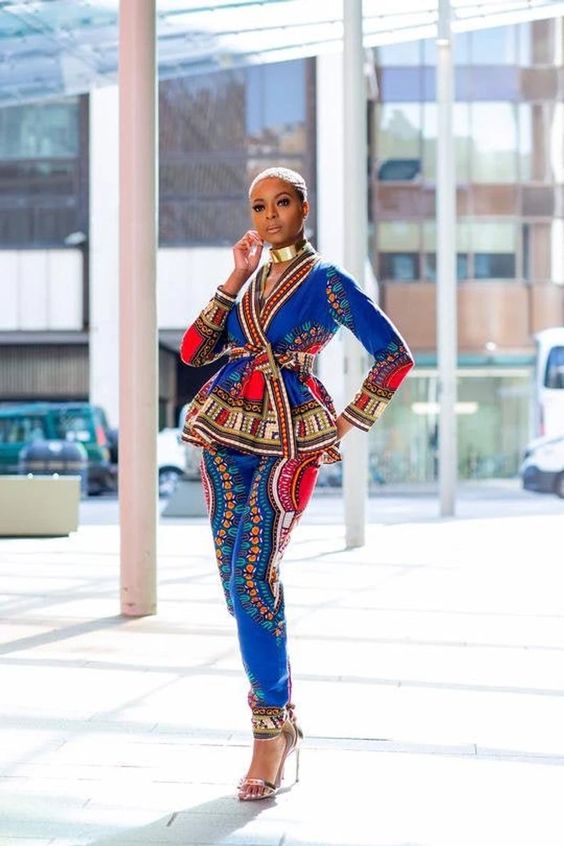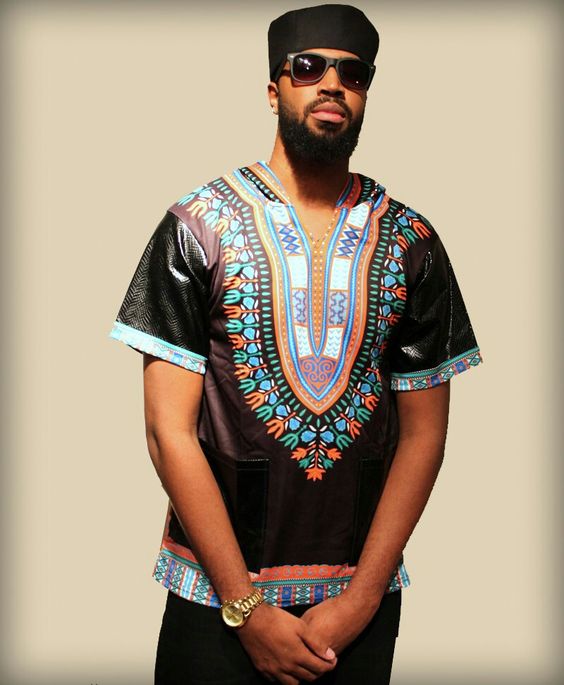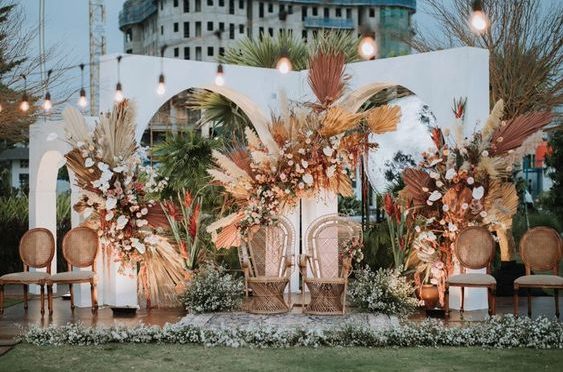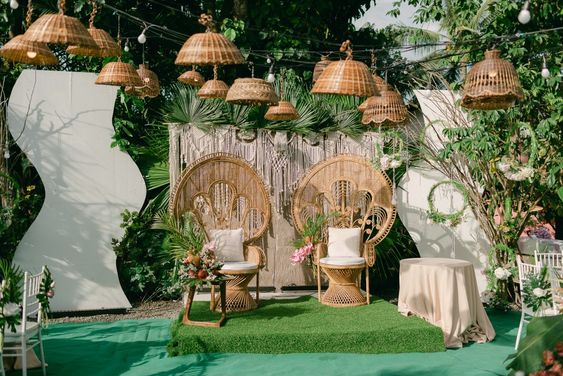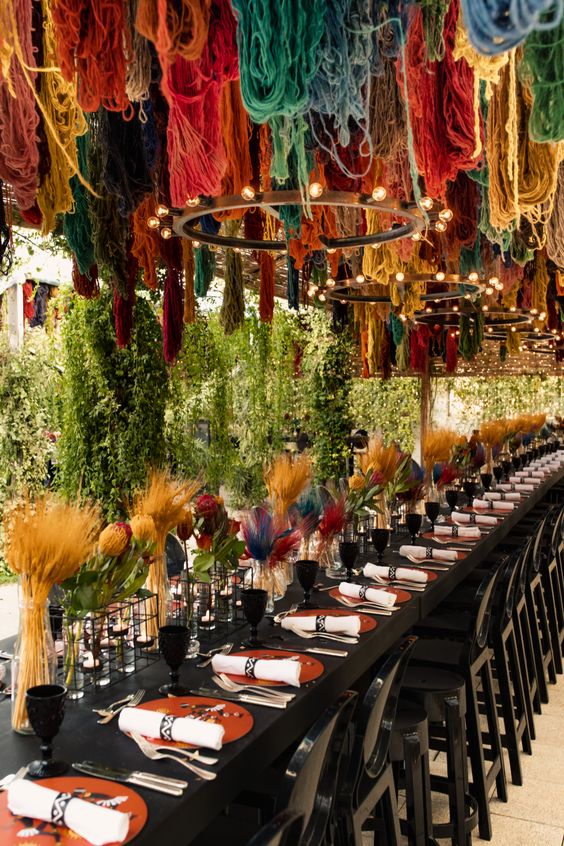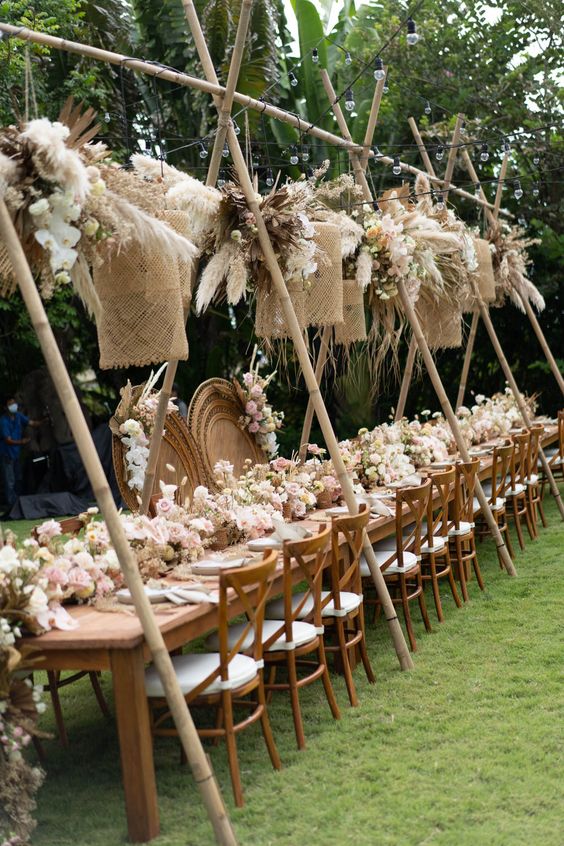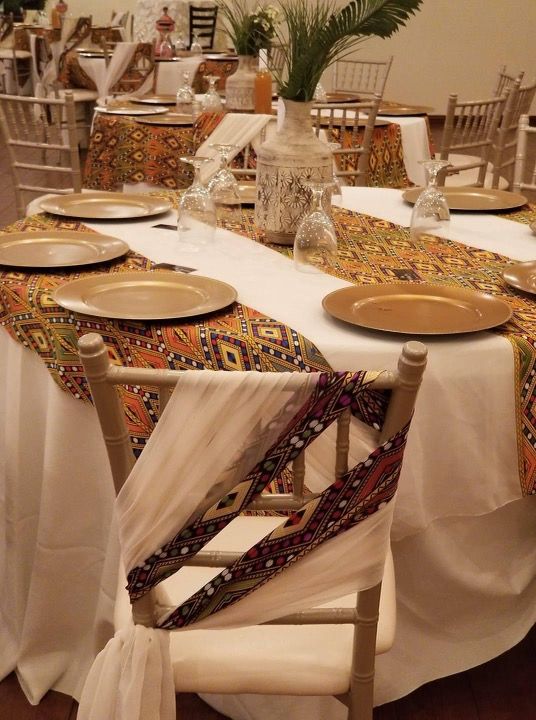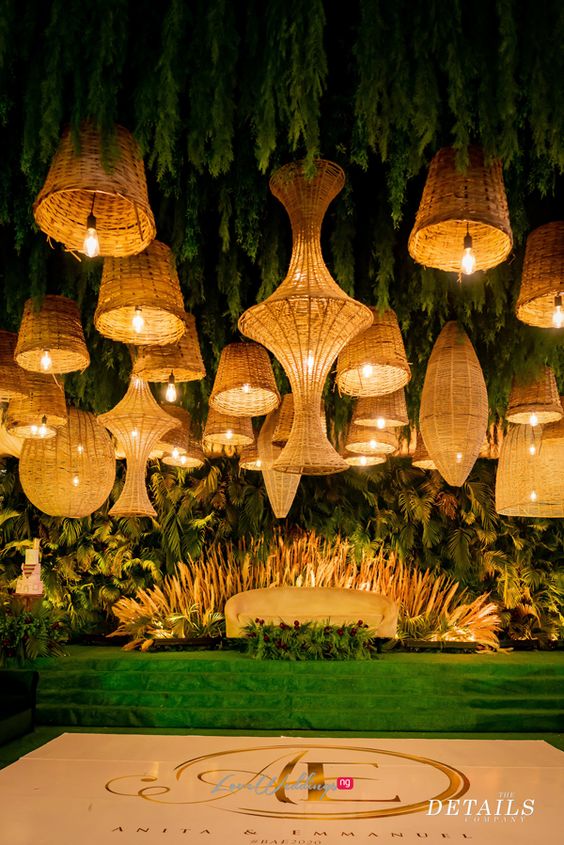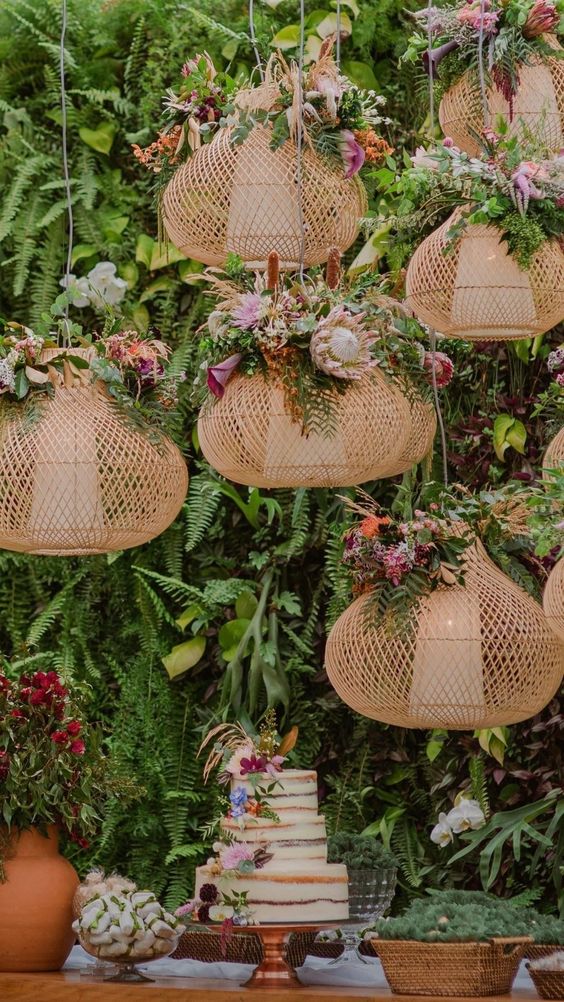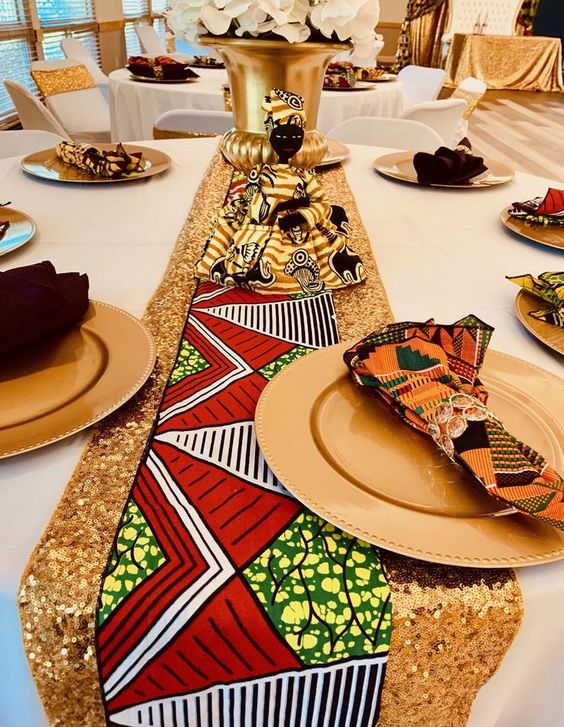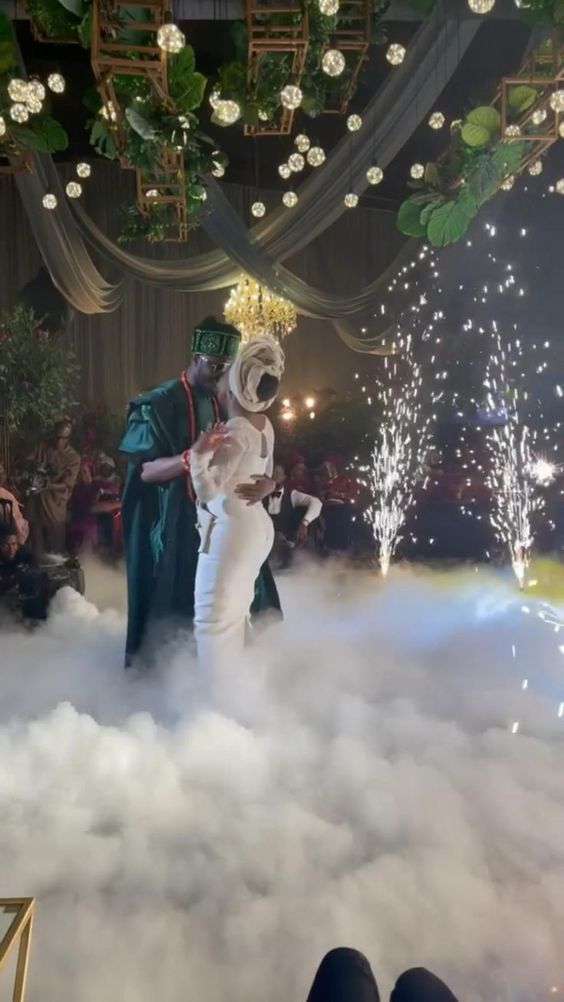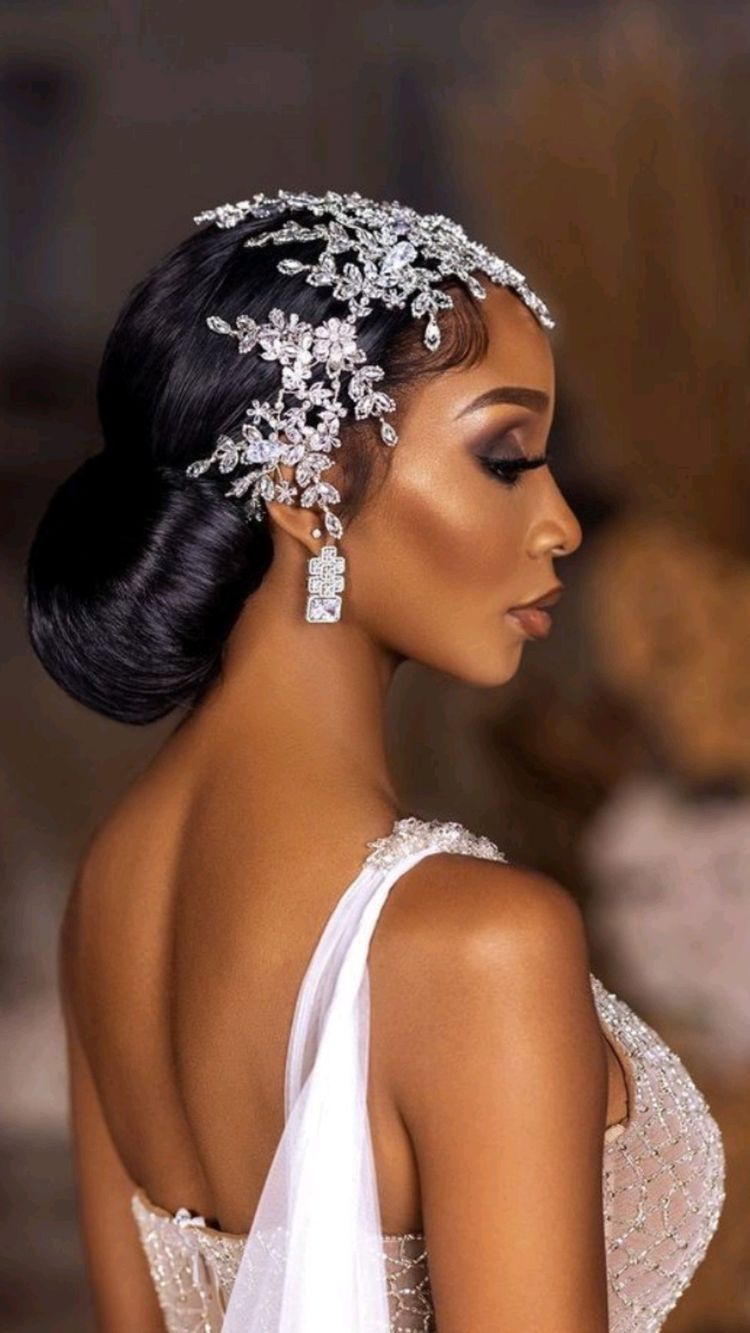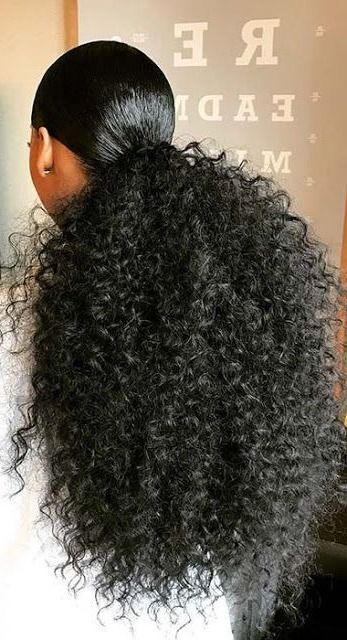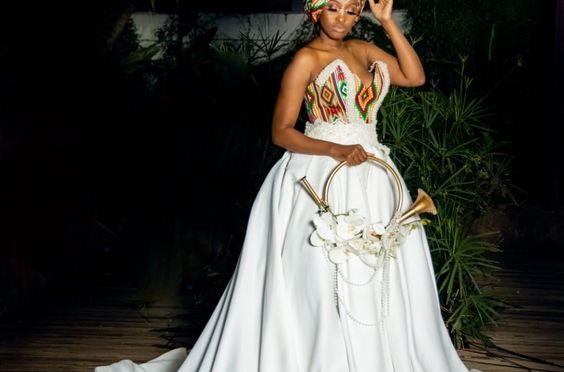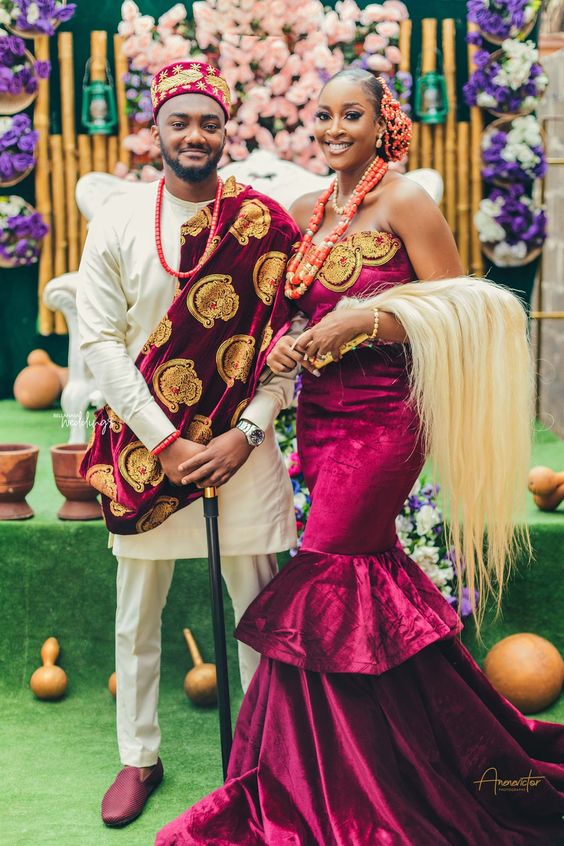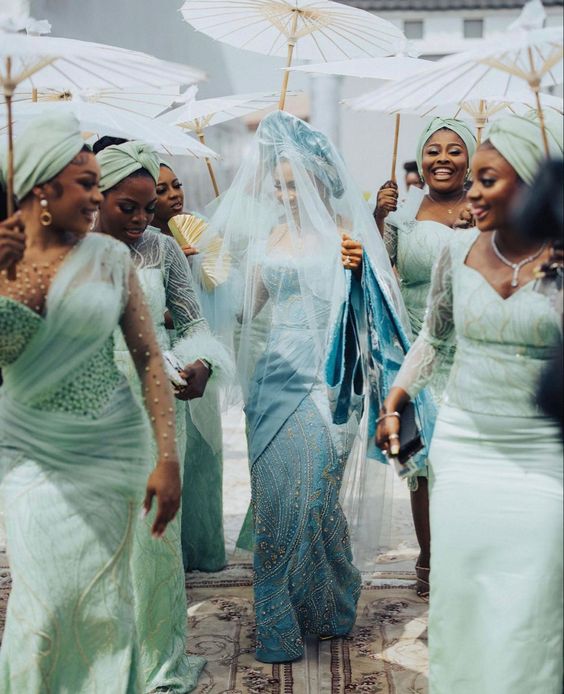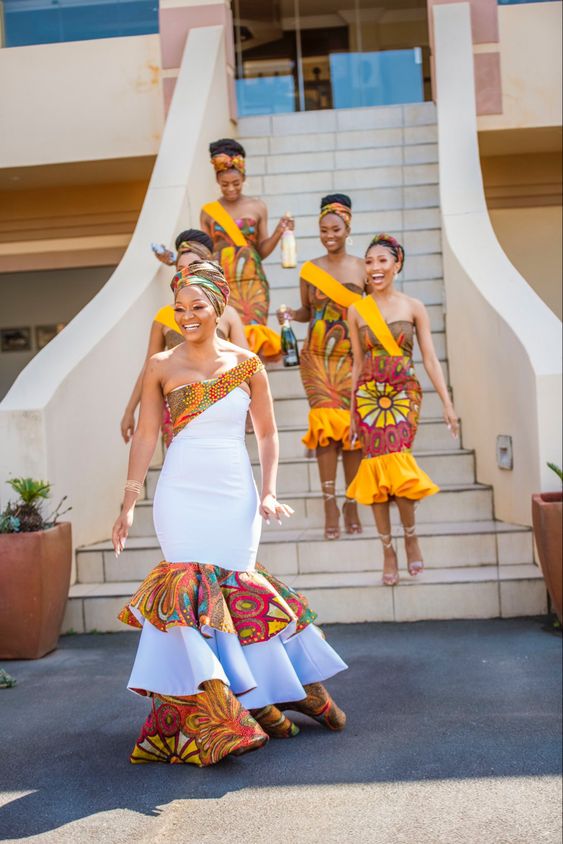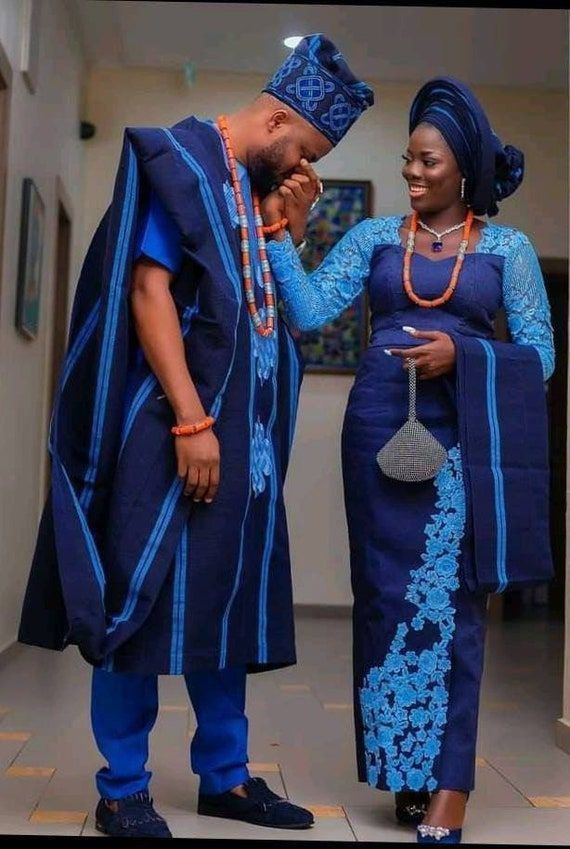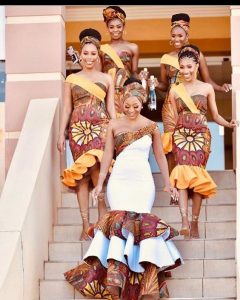African Dress: A Colorful Tapestry of Culture and Tradition
Introduction
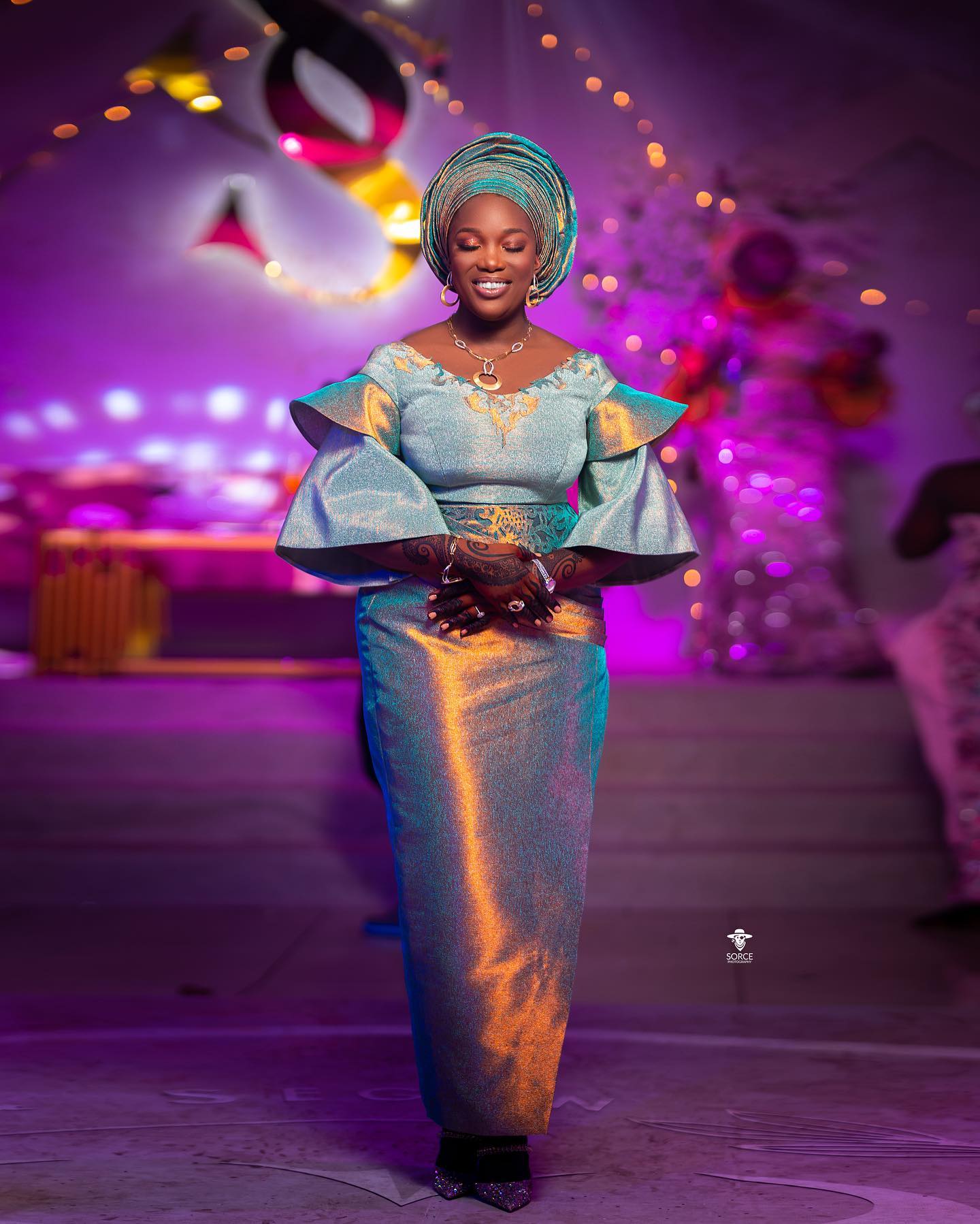
African dress is a vibrant and diverse reflection of the continent’s rich cultural tapestry. With a history that spans thousands of years, African clothing is not just about fashion but also carries deep cultural significance. From traditional garments passed down through generations to modern interpretations that embrace both tradition and innovation, African dress continues to captivate the world with its unique styles, patterns, and colors.
A Kaleidoscope of Diversity

Africa is a vast continent comprising 54 recognized countries, each with its own distinct cultures and traditions. Consequently, African dress varies significantly from region to region, showcasing the continent’s incredible diversity. The fabrics, colors, and designs used in African clothing are a testament to the creativity and heritage of each community.
Fabrics as the Heart of African Dress
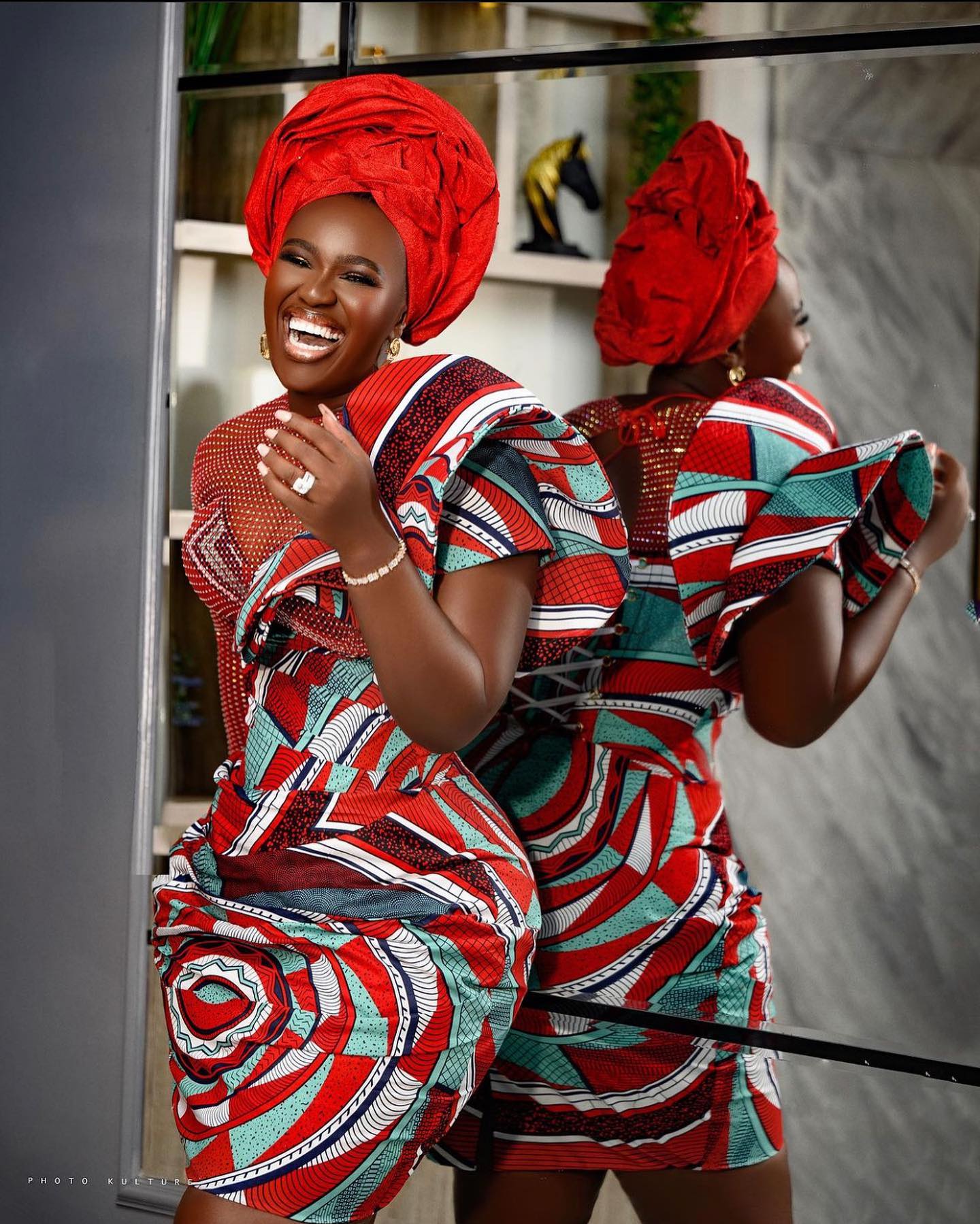
African clothing is known for its use of unique and exquisite fabrics. Among the most iconic is Ankara fabric, also known as African wax print fabric. Characterized by its bold and intricate patterns, Ankara fabric is often used to create stunning dresses, skirts, and headwraps. Other popular fabrics include Kente, made by the Ashanti people in Ghana, and Mudcloth, a traditional fabric from Mali. These fabrics are not just textiles; they are also carriers of stories and traditions, with each pattern and color symbolizing various aspects of African culture.
African Dresses Traditional vs. Modern
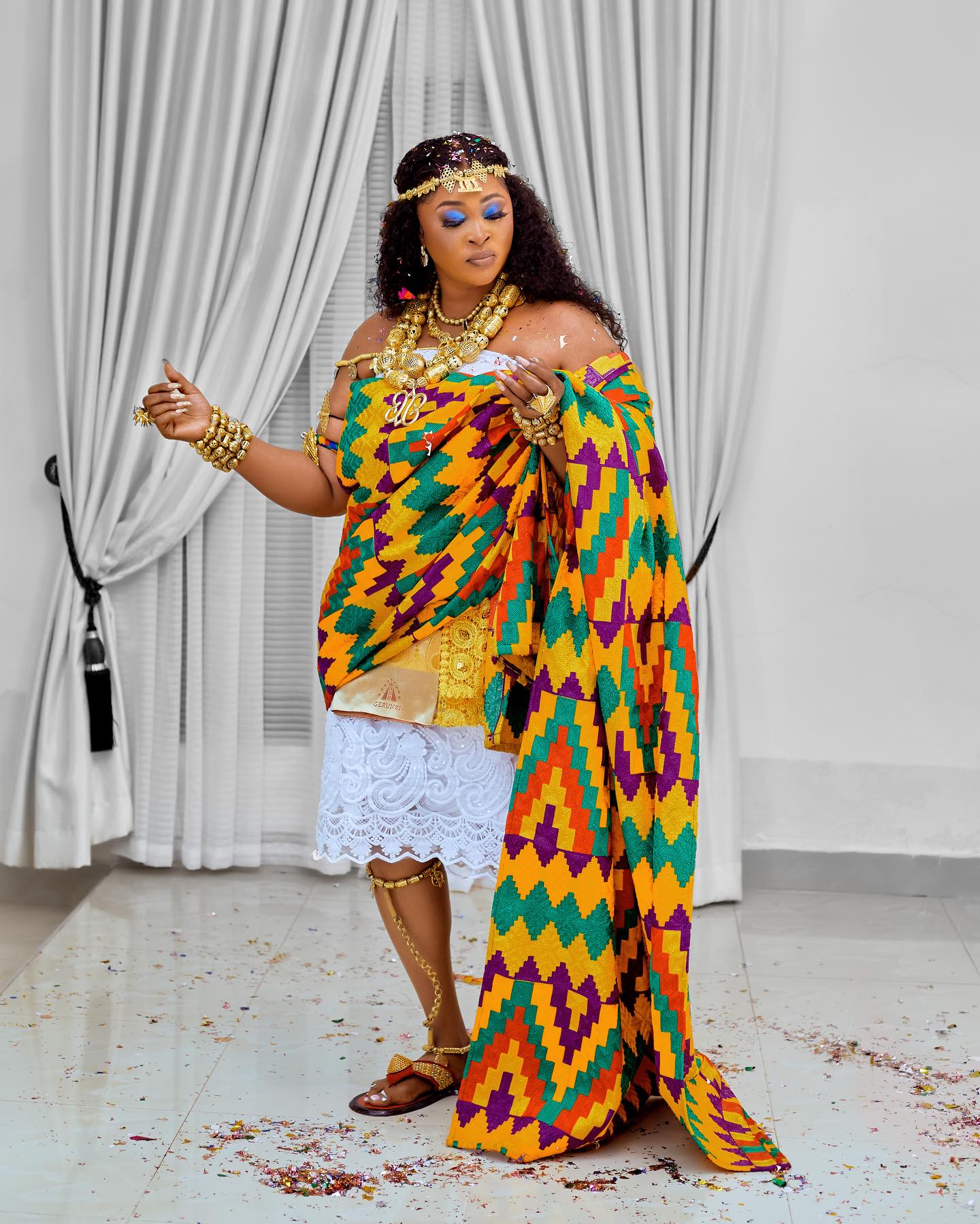
Traditionally, African dress played a vital role in communicating one’s identity, status, and even their age. In many African cultures, specific garments are reserved for special occasions, such as weddings, funerals, and rites of passage. For example, the Kente cloth, with its vibrant colors and intricate patterns, is often worn during significant ceremonies to symbolize cultural heritage and prestige.

In recent years, however, African fashion has undergone a transformation. African designers have taken traditional elements and blended them with contemporary styles, creating a fusion of old and new. This has led to the rise of Afrocentric fashion on a global scale, with African-inspired prints and designs finding their way onto international runways and red carpets. African dress has become a symbol of pride and identity for Africans and the African diaspora.
The Power of Accessories
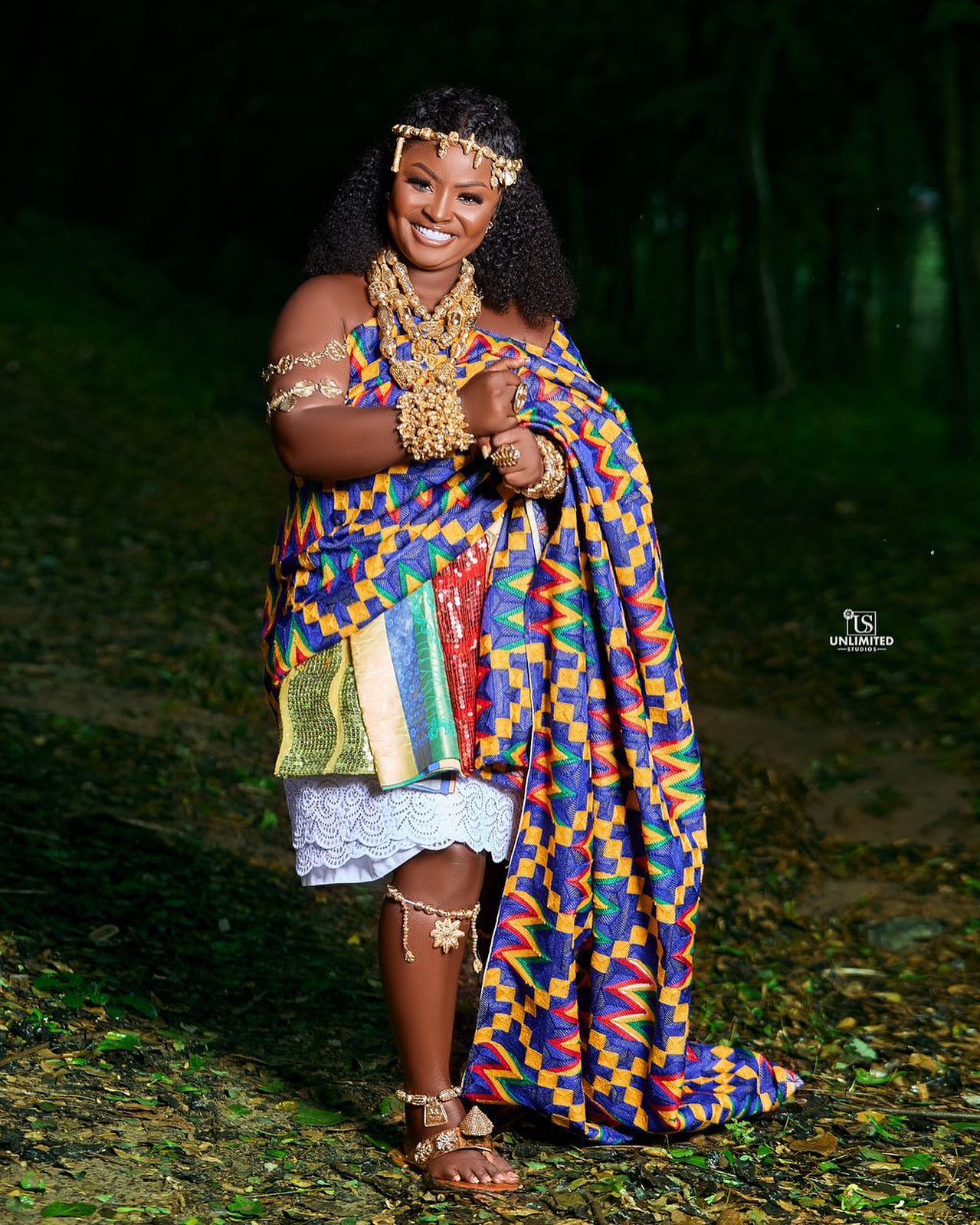
African dress is not just about clothing; it’s also about accessories. Jewelry, shoes, and headwear play a crucial role in completing the ensemble. Beaded jewelry, brass ornaments, and cowrie shell necklaces are just a few examples of traditional African accessories. In many African cultures, the way one adorns themselves is seen as a reflection of their social status, beliefs, and cultural heritage.
African Dresses A Cultural Exchange
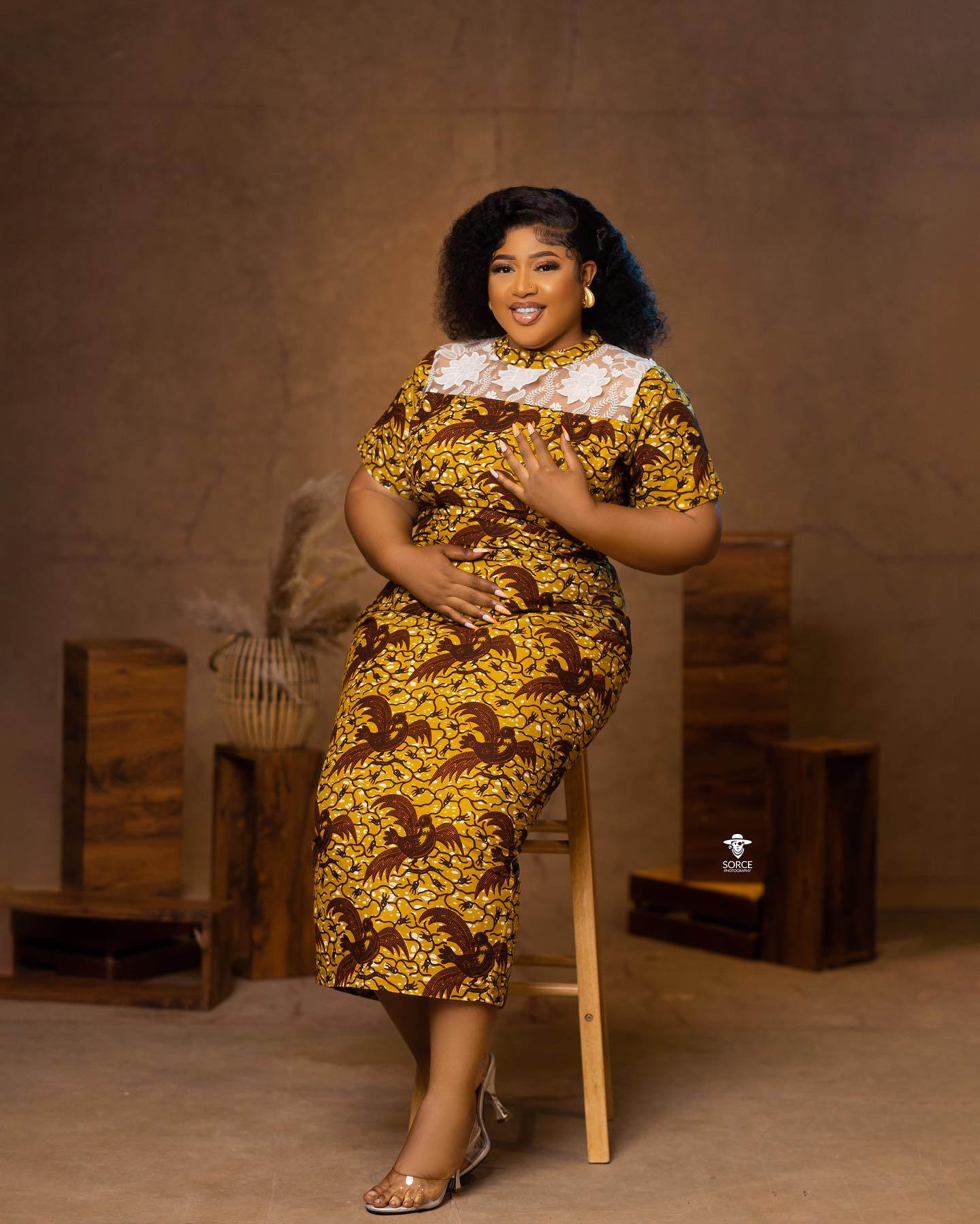
African dress has transcended borders and cultures, influencing fashion trends worldwide. From the colorful prints of African wax fabric to the artistry of beadwork, African fashion elements have made their way into the global fashion scene. Designers and fashion enthusiasts worldwide have embraced African-inspired styles, celebrating the continent’s cultural richness.
Conclusion

African dress is more than just clothing; it’s a celebration of identity, culture, and heritage. From the intricate patterns of Kente cloth to the vibrant colors of Ankara fabric, African clothing tells a story that spans generations. Whether worn in a traditional or modern context, African dress is a testament to the enduring beauty and significance of Africa’s diverse cultures. As it continues to evolve and inspire, African fashion remains a powerful symbol of pride and a bridge between tradition and innovation.


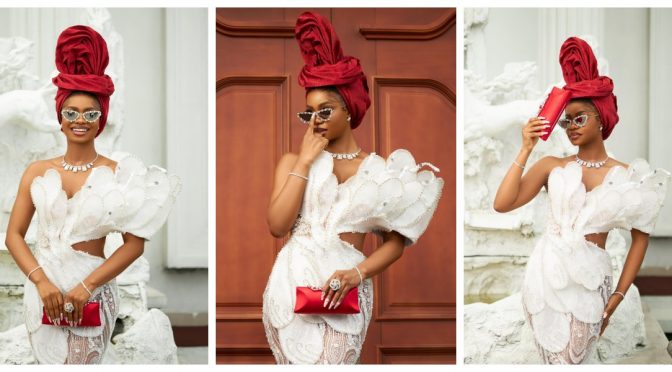
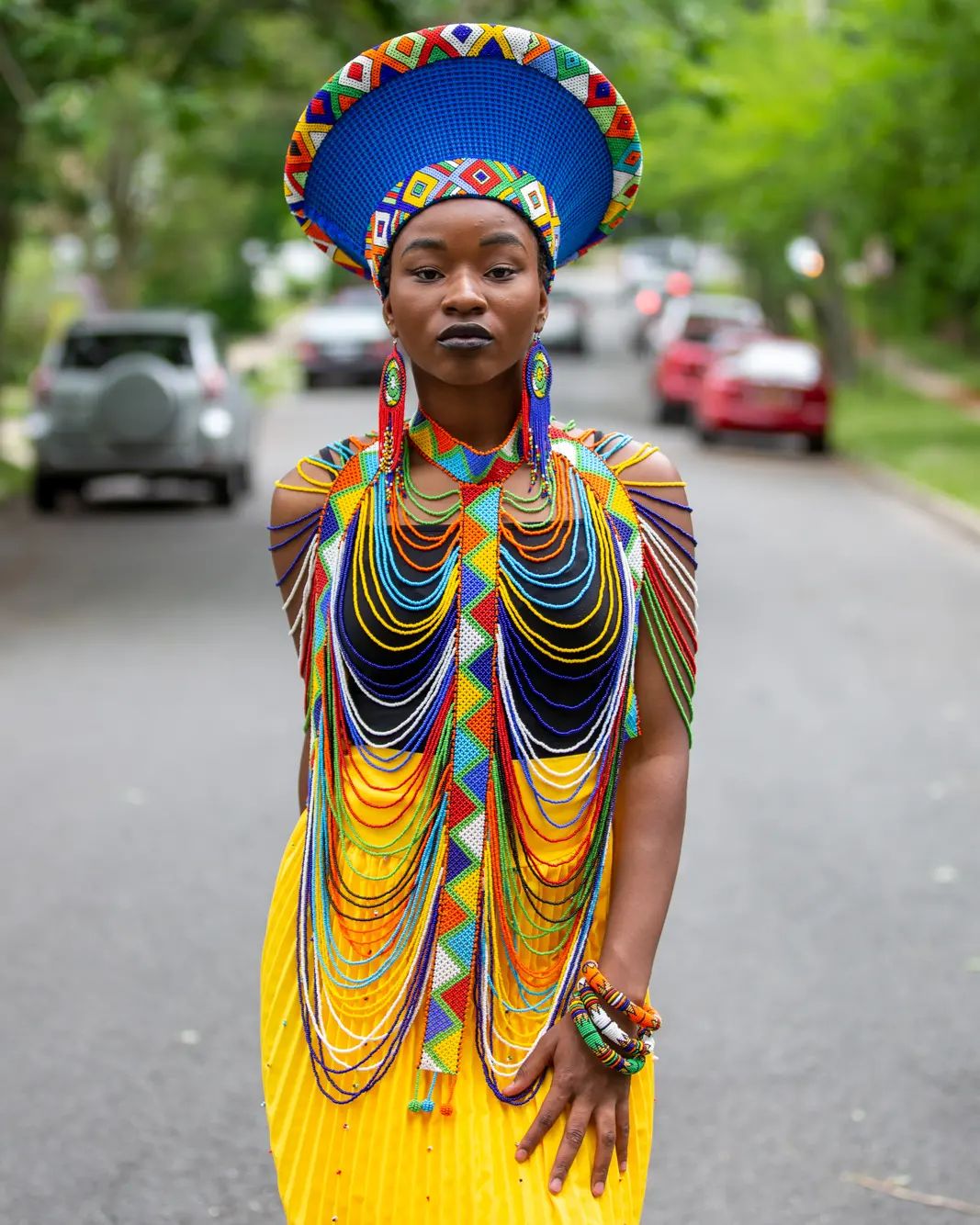
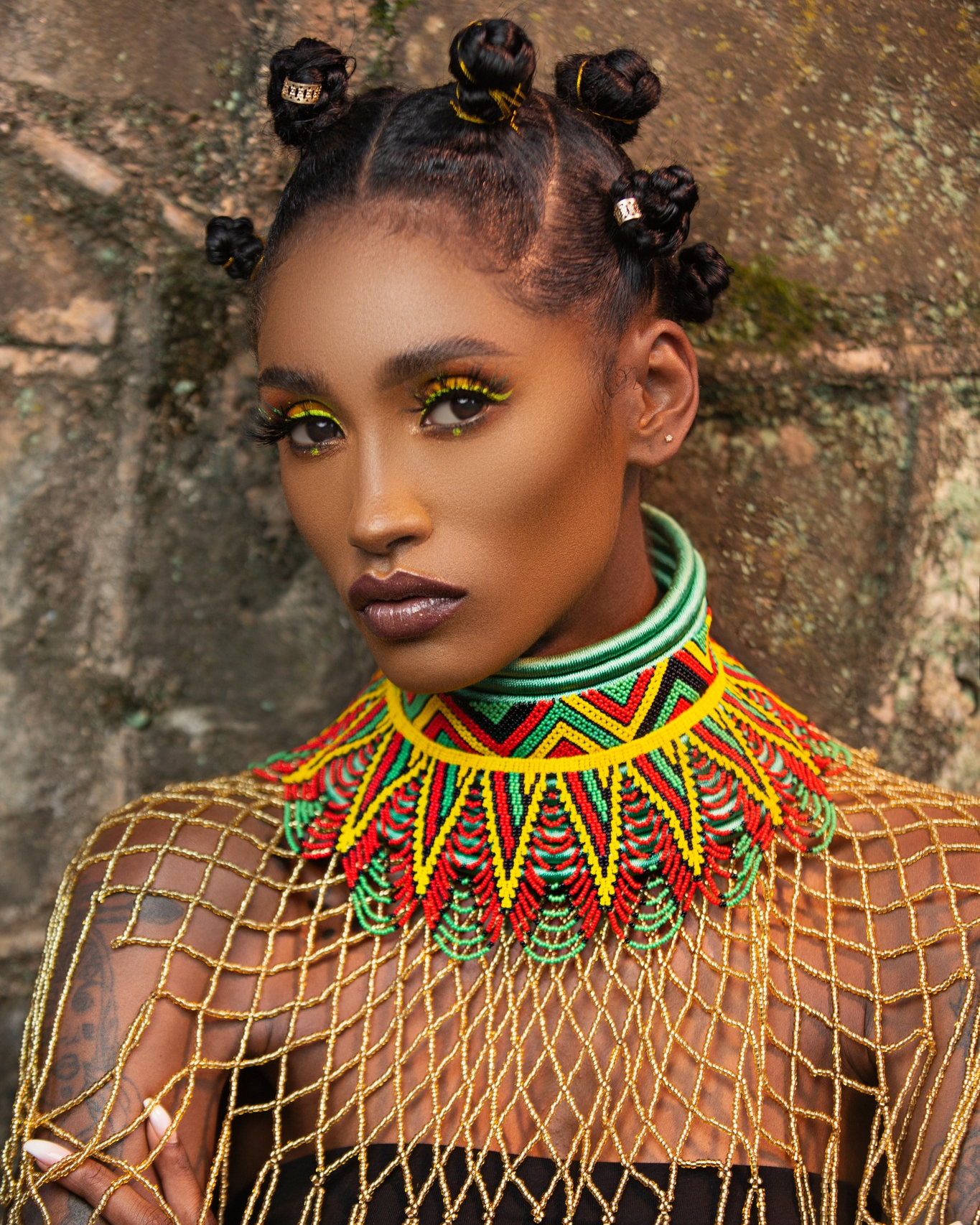
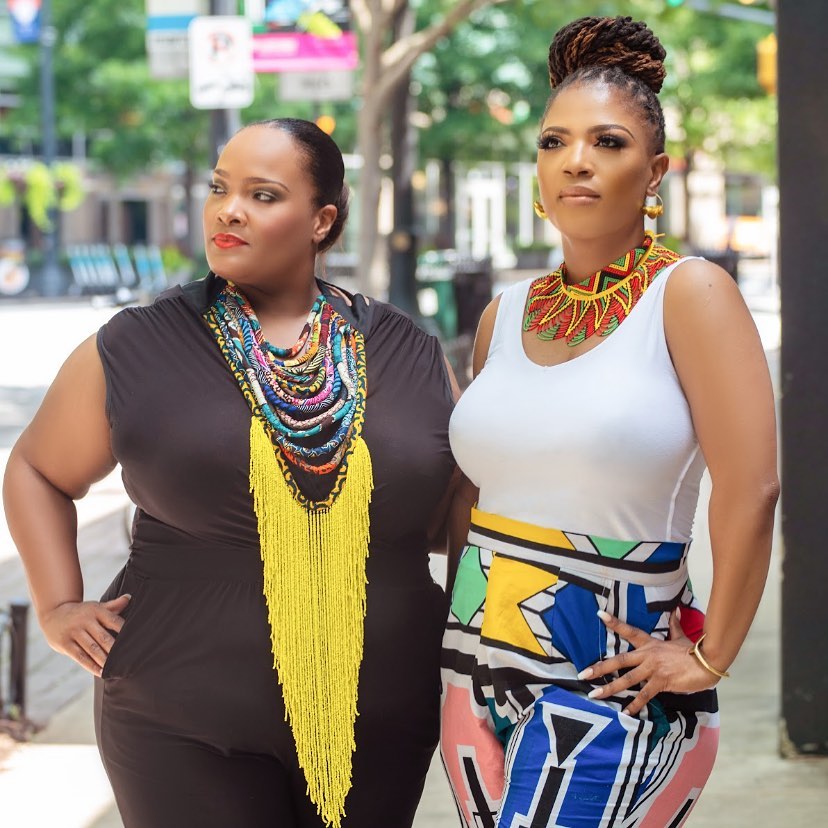 t’s that
t’s that 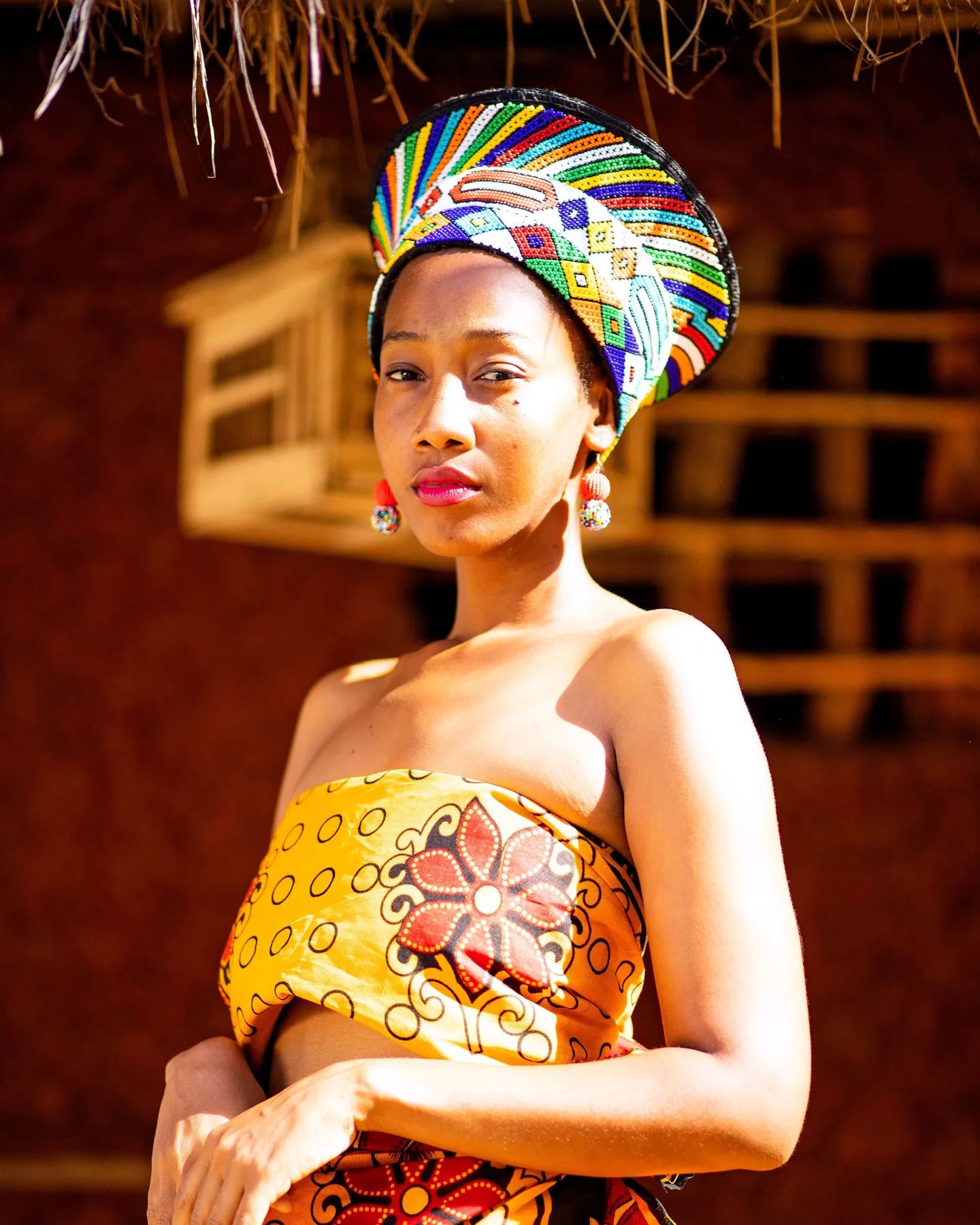
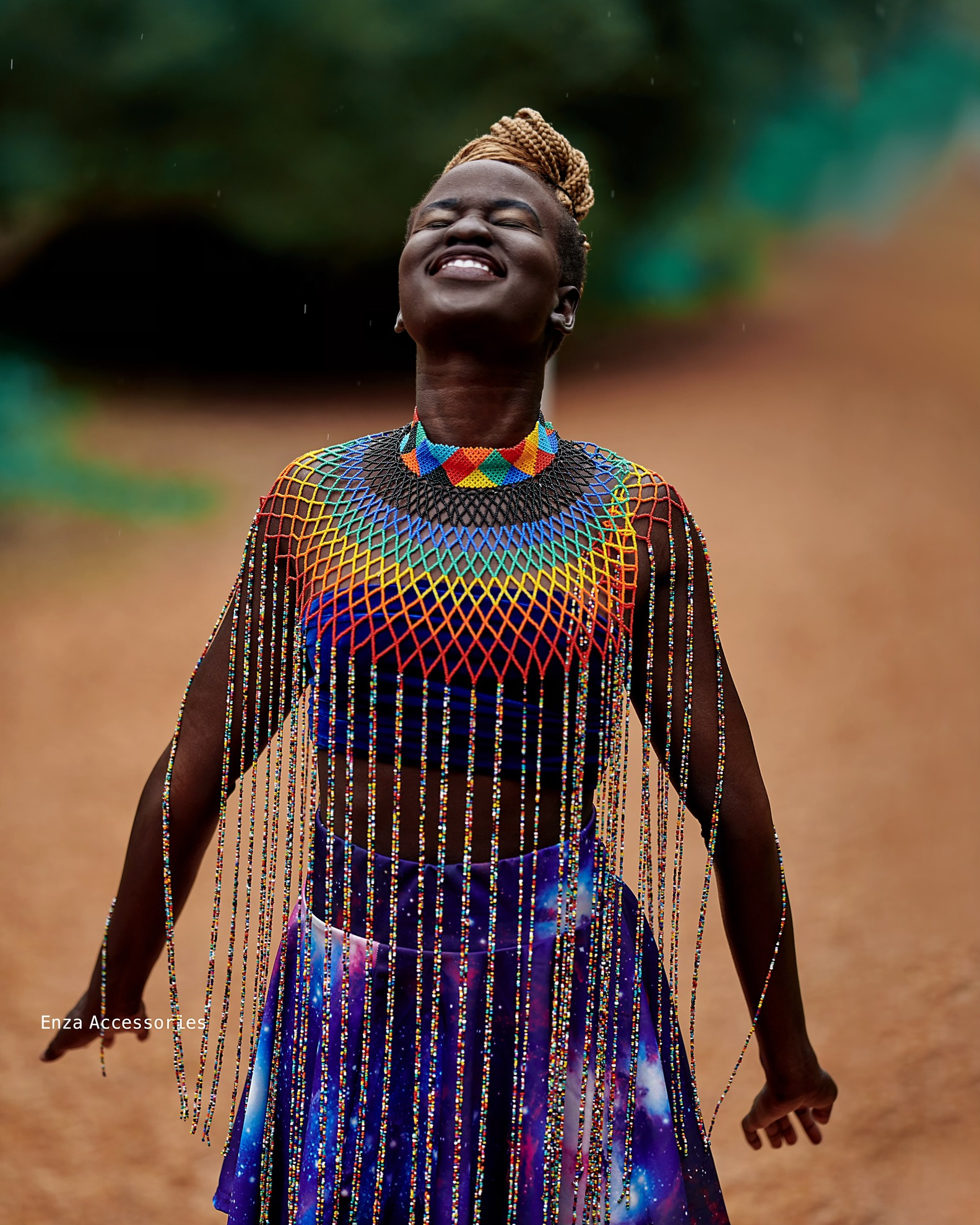
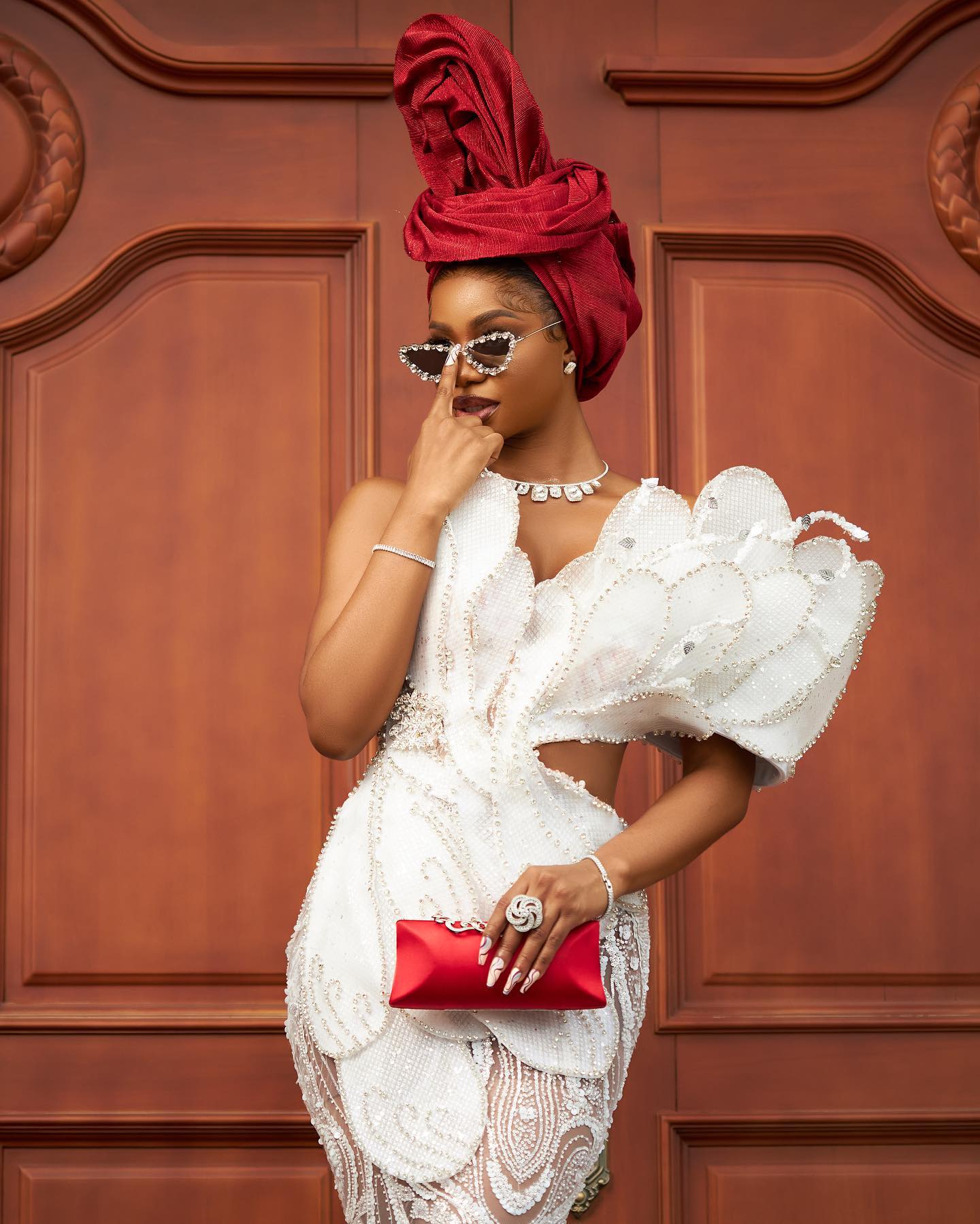
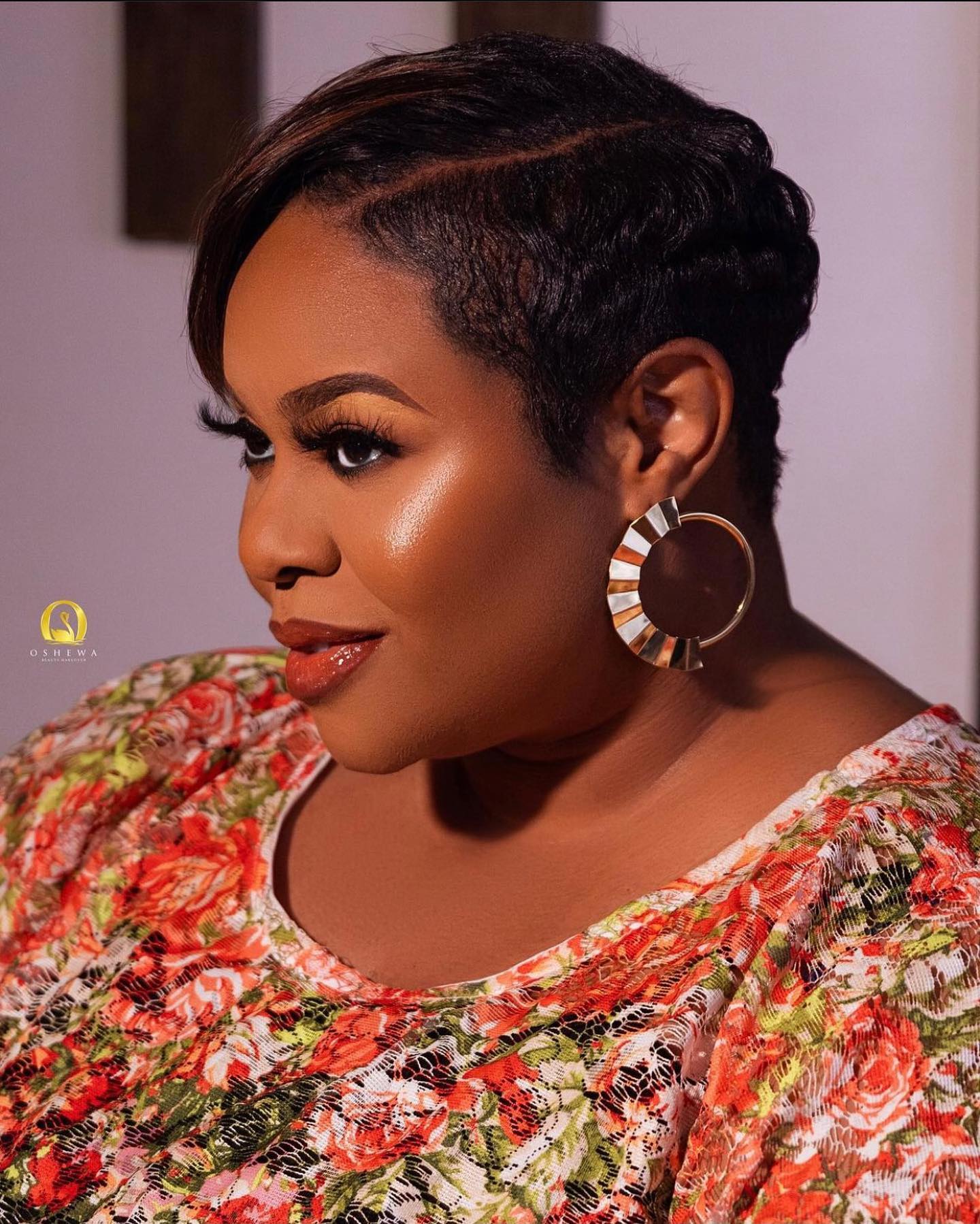
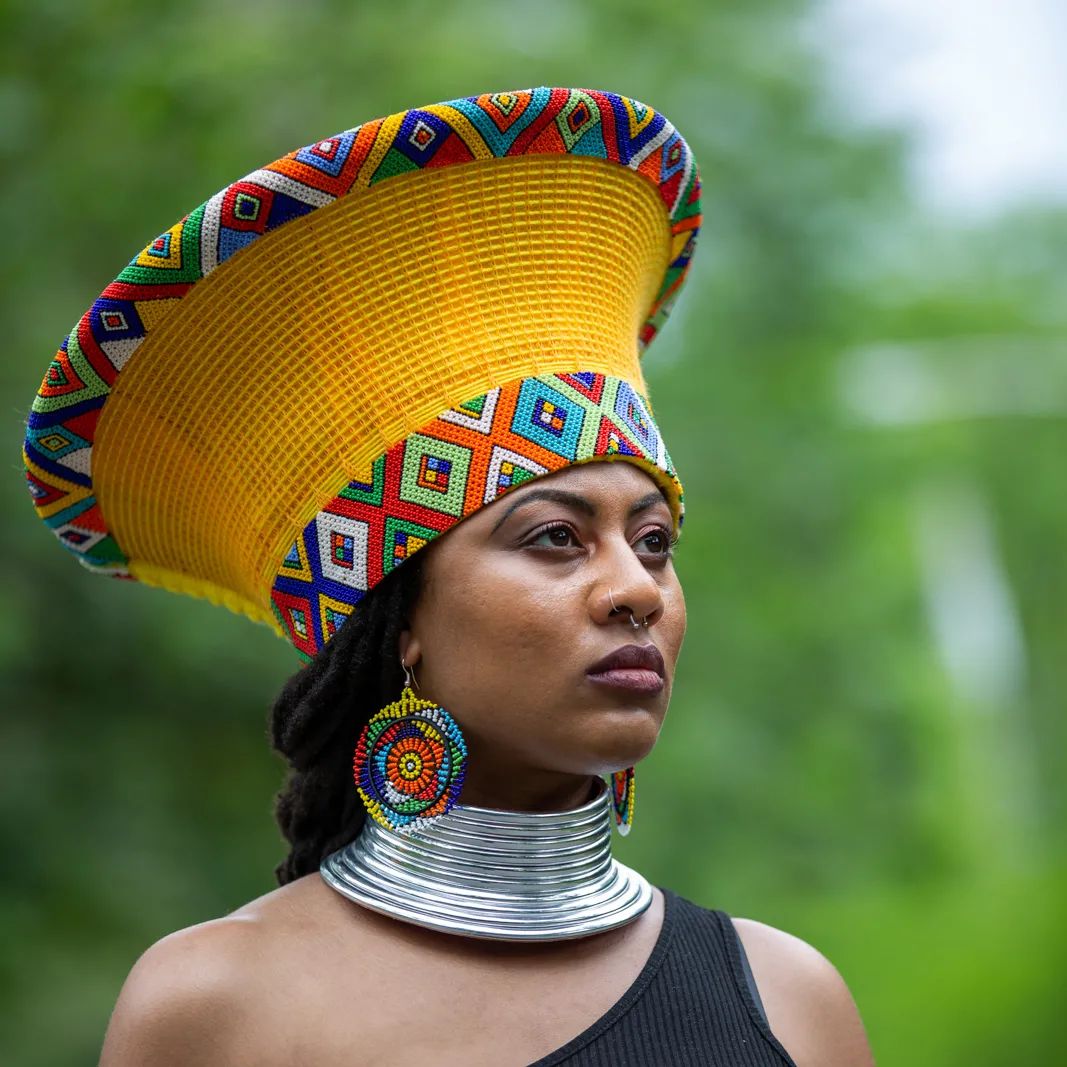
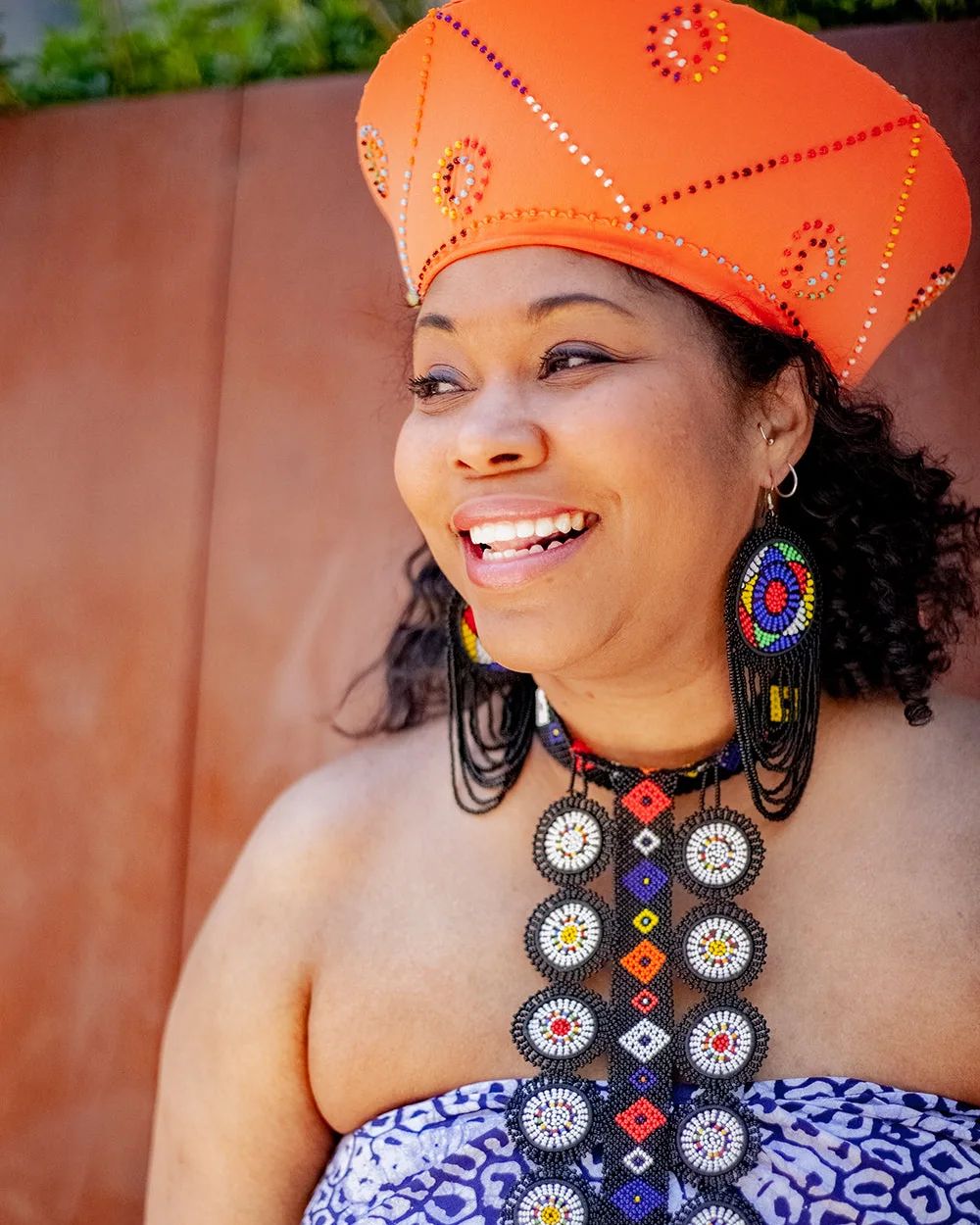 An
An 